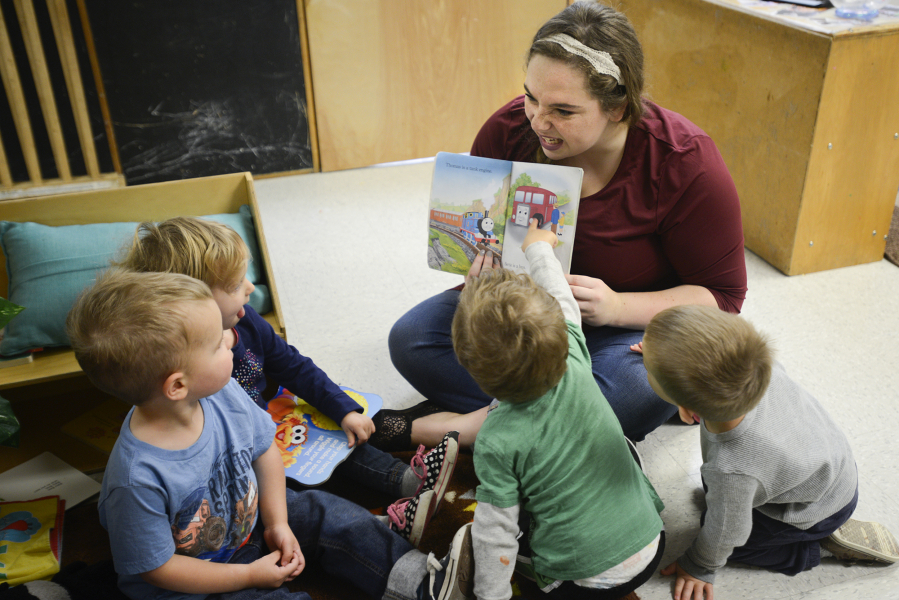Parents with young children in day care are taking a hit to their wallet as big as those putting young adult children through college.
A recent national report by New America, a think tank in Washington, D.C., found that the average annual cost of full-time, center-based child care — $9,589 per child 4 years and younger — now exceeds the average annual cost of in-state tuition.
The same is true in Clark County.
The median annual cost of child care at Clark County centers is highest for those with infants: $12,744. For toddlers, the median cost of one year of care is $10,716, and the median cost for preschool is $9,360 per year, according to data provided by Child Care Aware of Washington, a statewide organization that operates a database of licensed child care centers.
Compare that with one year of full-time, resident tuition at Washington State University Vancouver: $9,883.
“It’s simply amazing to me the cost of child care, as a parent looking at that,” said Lori Oberheide, assistant superintendent for communications at Educational Service District 112, which operates 29 child care centers in Clark County. “On the other hand, I can also see how expensive it is to run a child care center and cover costs.”




